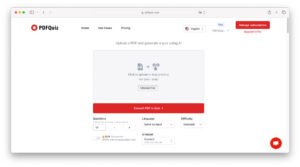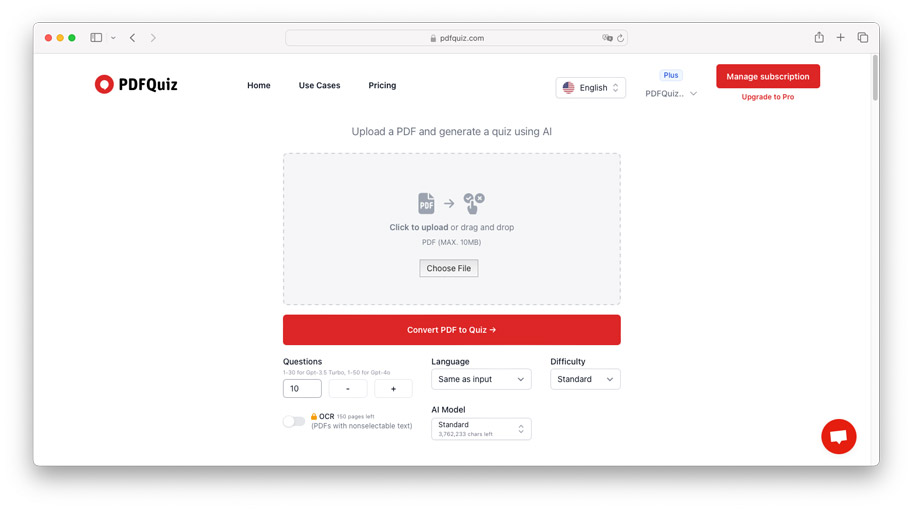Code profiling tools play a significant role in this context, enabling developers to understand and enhance the performance of their applications. These tools offer insights into how code executes, highlighting bottlenecks and inefficiencies that can be optimized to improve overall performance. This article delves into the importance of code profiling tools, explores various types of profiling tools, and examines their applications and benefits in software development.
The Importance of Code Profiling
Code profiling is the process of analyzing a program’s behavior to identify areas where performance can be improved. Profiling tools provide detailed information about the runtime behavior of an application, including data on function calls, memory usage, and execution time. This information is invaluable for developers aiming to optimize their code, as it reveals which parts of the code are consuming the most resources and where potential improvements can be made.
Optimizing code without profiling is akin to navigating without a map. Developers might make educated guesses about where inefficiencies lie, but without concrete data, these guesses can lead to suboptimal results. Profiling tools eliminate the guesswork by providing precise, actionable insights. This leads to more efficient use of resources, faster execution times, and ultimately, a better user experience.
Types of Code Profiling Tools
There are several types of code profiling tools, each designed to provide specific insights into different aspects of an application’s performance. These tools can be broadly categorized into CPU profilers, memory profilers, and I/O profilers.
CPU Profilers: These tools focus on the CPU usage of an application. They analyze the time spent executing different parts of the code, identifying functions or methods that consume the most CPU cycles. By pinpointing these hotspots, developers can optimize critical sections of the code to reduce CPU usage and improve performance.
Memory Profilers: Memory profilers analyze how an application uses memory, tracking allocation and deallocation of memory resources. They help identify memory leaks, excessive memory usage, and inefficient memory allocation patterns. Memory profiling is essential for applications that handle large amounts of data or need to run efficiently on devices with limited memory.
I/O Profilers: I/O profilers focus on input/output operations, analyzing how an application interacts with storage devices, networks, and other I/O resources. They identify bottlenecks in data read/write operations and network communication, enabling developers to optimize these operations for better performance.
Popular Code Profiling Tools
There are numerous profiling tools available, each with its own set of features and capabilities. Some of the most widely used code profiling tools include:
Visual Studio Profiler: Integrated into Microsoft Visual Studio, this tool provides comprehensive profiling capabilities for .NET and native applications. It offers CPU, memory, and I/O profiling, along with detailed performance reports and visualizations. The Visual Studio Profiler is highly regarded for its seamless integration with the development environment and ease of use.
JProfiler: JProfiler is a powerful profiling tool for Java applications. It combines CPU, memory, and thread profiling with real-time analysis and intuitive visualizations. JProfiler’s ability to profile complex Java applications makes it a favorite among Java developers for identifying performance bottlenecks and memory leaks.
Valgrind: Valgrind is a versatile profiling tool for C and C++ applications. It provides a range of analysis tools, including memory profiling, cache simulation, and thread analysis. Valgrind is particularly useful for detecting memory-related issues, such as leaks and buffer overflows, making it an essential tool for developers working with low-level languages.
Perf: Perf is a powerful performance analysis tool for Linux systems. It provides detailed insights into CPU usage, memory access, and I/O operations. Perf’s ability to analyze performance at both the user and kernel levels makes it a valuable tool for optimizing system performance in Linux environments.
Applications of Code Profiling Tools
Code profiling tools are used in various stages of the software development lifecycle, from development and testing to production. Their primary applications include performance optimization, debugging, and ensuring code quality.
Performance Optimization: Profiling tools are indispensable for optimizing the performance of applications. By identifying performance bottlenecks, developers can focus their efforts on optimizing the most critical parts of the code. This leads to more efficient use of resources, faster execution times, and improved scalability.
Debugging: Profiling tools also play a crucial role in debugging. They help identify issues such as memory leaks, race conditions, and inefficient algorithms. By providing detailed insights into the runtime behavior of an application, profiling tools enable developers to diagnose and fix performance issues more effectively.
Ensuring Code Quality: Code profiling is an essential part of ensuring code quality. By regularly profiling their code, developers can detect and address performance issues early in the development process. This leads to more reliable and maintainable code, reducing the risk of performance problems in production.
Benefits of Using Code Profiling Tools
The benefits of using code profiling tools extend beyond performance optimization and debugging. These tools also contribute to better resource management, improved user experience, and enhanced developer productivity.
Better Resource Management: Profiling tools help developers understand how their applications use system resources such as CPU, memory, and I/O. By optimizing resource usage, developers can create applications that run more efficiently, consume less power, and perform better under load.
Improved User Experience: Performance issues can significantly impact the user experience, leading to slow response times, crashes, and other problems. Profiling tools enable developers to identify and fix these issues, resulting in faster, more responsive applications that provide a better user experience.
Enhanced Developer Productivity: Profiling tools streamline the performance optimization process, making it easier for developers to identify and address performance issues. This leads to faster development cycles, reduced debugging time, and more efficient use of development resources.
Challenges in Using Code Profiling Tools
Despite their many benefits, code profiling tools also present certain challenges. These include the complexity of interpreting profiling data, the overhead introduced by profiling, and the need for expertise in performance analysis.
Complexity of Interpreting Profiling Data: Profiling tools generate a wealth of data, which can be complex and difficult to interpret. Developers need to understand how to analyze this data to identify performance bottlenecks and optimize their code effectively. This requires expertise in performance analysis and a deep understanding of the application’s architecture.
Overhead Introduced by Profiling: Profiling tools can introduce overhead, impacting the performance of the application being profiled. This overhead can vary depending on the profiling tool and the type of profiling being performed. Developers need to balance the need for detailed profiling data with the potential impact on application performance.
Need for Expertise in Performance Analysis: Effective use of profiling tools requires expertise in performance analysis and optimization techniques. Developers need to understand how to use profiling tools, interpret the data they generate, and implement optimizations based on this data. This requires ongoing training and experience in performance engineering.
Future Trends in Code Profiling
The field of code profiling is continuously evolving, driven by advancements in technology and the growing complexity of software applications. Several trends are shaping the future of code profiling, including the integration of machine learning, the rise of cloud-based profiling, and the development of more user-friendly profiling tools.
Integration of Machine Learning: Machine learning is being increasingly integrated into profiling tools to automate the analysis of profiling data. By leveraging machine learning algorithms, profiling tools can identify performance patterns, predict potential issues, and suggest optimizations. This reduces the complexity of interpreting profiling data and enhances the accuracy of performance analysis.
Rise of Cloud-Based Profiling: As more applications are deployed in cloud environments, cloud-based profiling tools are becoming more prevalent. These tools provide scalable, on-demand profiling capabilities, allowing developers to profile applications in production environments without significant overhead. Cloud-based profiling also enables the analysis of distributed systems and microservices, providing insights into the performance of complex, multi-tier applications.
Development of User-Friendly Profiling Tools: The complexity of using profiling tools is being addressed through the development of more user-friendly interfaces and automated analysis features. Modern profiling tools are designed to be more accessible, with intuitive visualizations, automated reporting, and guided optimization suggestions. This makes profiling more accessible to a broader range of developers, enhancing the adoption and effectiveness of profiling practices.
Conclusion
Code profiling tools are indispensable for optimizing the performance of modern software applications. By providing detailed insights into the runtime behavior of code, these tools enable developers to identify and address performance bottlenecks, improve resource management, and enhance the user experience. Despite the challenges associated with interpreting profiling data and the overhead introduced by profiling, the benefits of using these tools far outweigh the drawbacks.
As technology continues to advance, the field of code profiling is poised to evolve, driven by trends such as the integration of machine learning, the rise of cloud-based profiling, and the development of more user-friendly tools. By staying at the forefront of these developments, developers can leverage the full potential of profiling tools to create high-performance, reliable, and efficient software applications. Investing in the expertise and resources needed to effectively use profiling tools is essential for any development team aiming to deliver top-tier software products in today’s competitive landscape.









